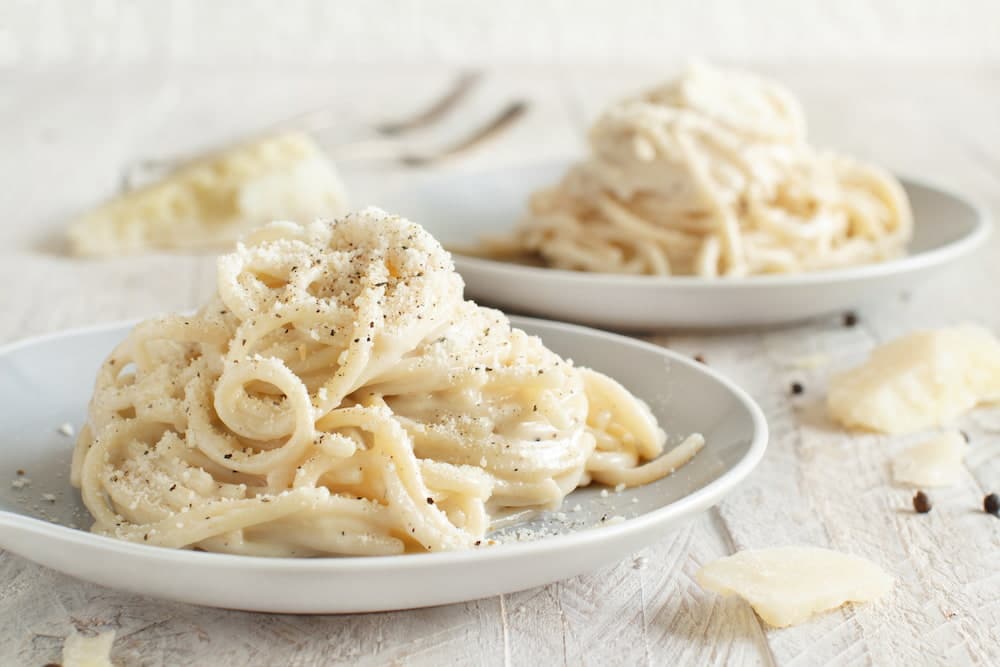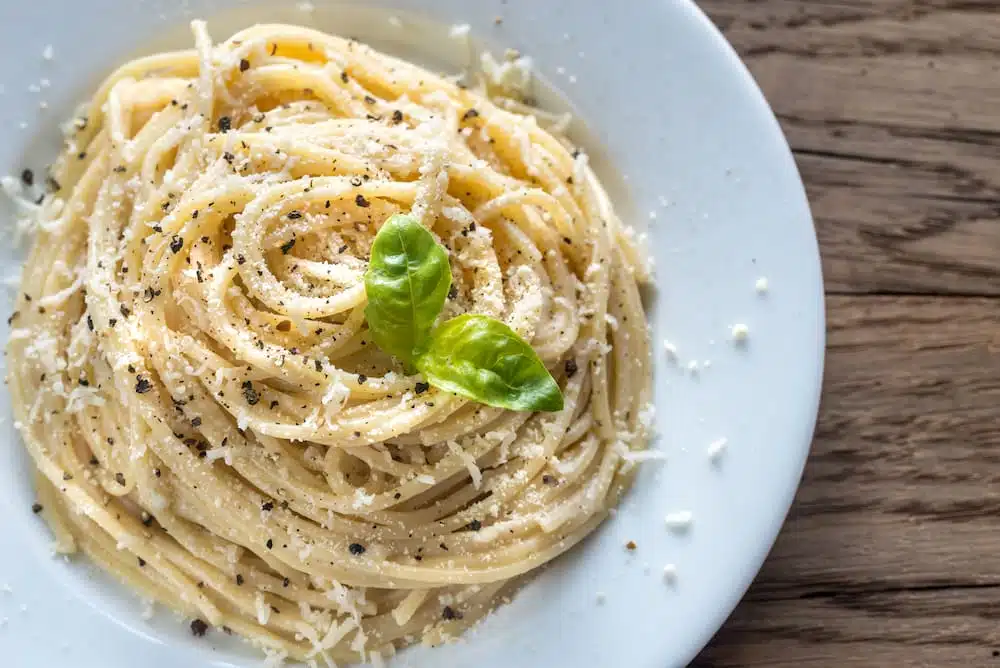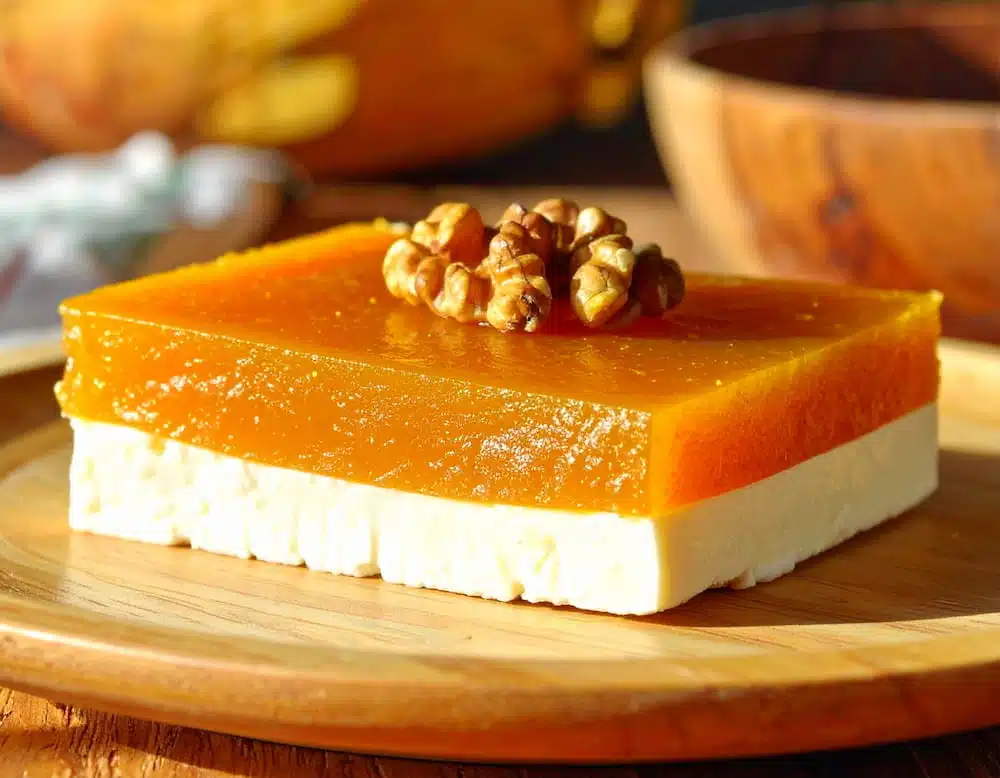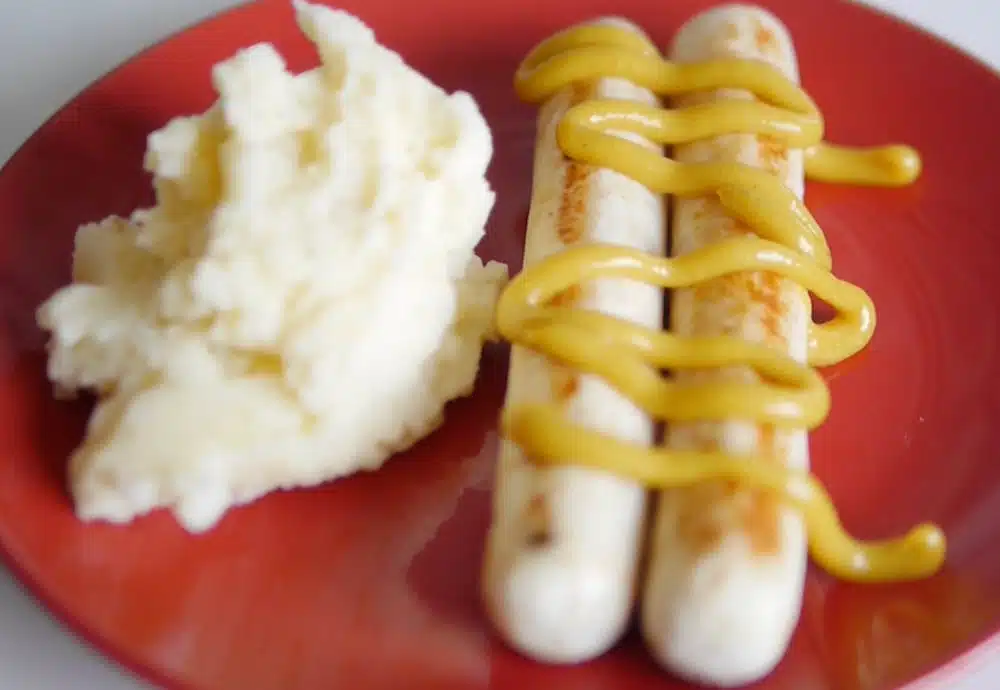Welcome, dear friends, to a new recipe on Paulina Cocina! If you've ever wondered how Italians can make something as simple as a combination of pasta, cheese, and pepper into a delicacy for the gods, you've come to the right place. Because cacio e pepe , dear readers, is no ordinary dish.
Cacio e pepe pasta is one of those recipes that seems easy, but when it comes down to it, it can be a disaster. But don't worry, here we'll cover the secrets and tips to ensure it doesn't end up as a mess or a noodle soup.
This dish has history, soul, and like everything good in life, some tricks. Because, although it may seem simple, making spaghetti cacio e pepe is almost an art. But with good cheese, a lot of love for pasta, a good pepper, and these tips , you'll be able to achieve it.
Content table
About Cacio e pepe
First things first, what is cacio e pepe ? Well, we're talking about a classic Roman recipe that, at first glance, seems like a no-brainer: pasta, cheese, and pepper. But here we learned that the magic is in the details and that something simple can still be packed with flavor.
Cacio e pepe is the perfect pasta for those who love simplicity.
- "Cacio" in Italian refers to cheese, and especially in this traditional Roman dish, to pecorino Romano, which is the soul of this Roman pasta. And " pepe " is, of course, pepper .
But, while it's a simple dish, there are some key details that are essential. Because if the pasta isn't cooked right, if the cheese isn't melted properly , or if the pepper is of questionable quality, it all shows. But don't worry, we'll tell you how to avoid these culinary pitfalls in a moment.
The origin of Spaghetti Cacio e pepe: History of a shepherd's dish
Cacio e pepe is one of the oldest and most traditional recipes in Roman cuisine . It's a dish of shepherds, people who understood that you don't need many things to live and who make the most of what they have.
In ancient Rome, shepherds carried pecorino cheese and pepper on their long journeys through the countryside, pairing it with pasta, a food that was easy to transport and prepare. This is how this classic dish was born.
Literally, " cacio e pepe ," as we've already mentioned, means "cheese and pepper" in Italian . But behind that humble name lies one of Italy's most beloved recipes. Its simplicity is its greatest strength, but also its greatest challenge.
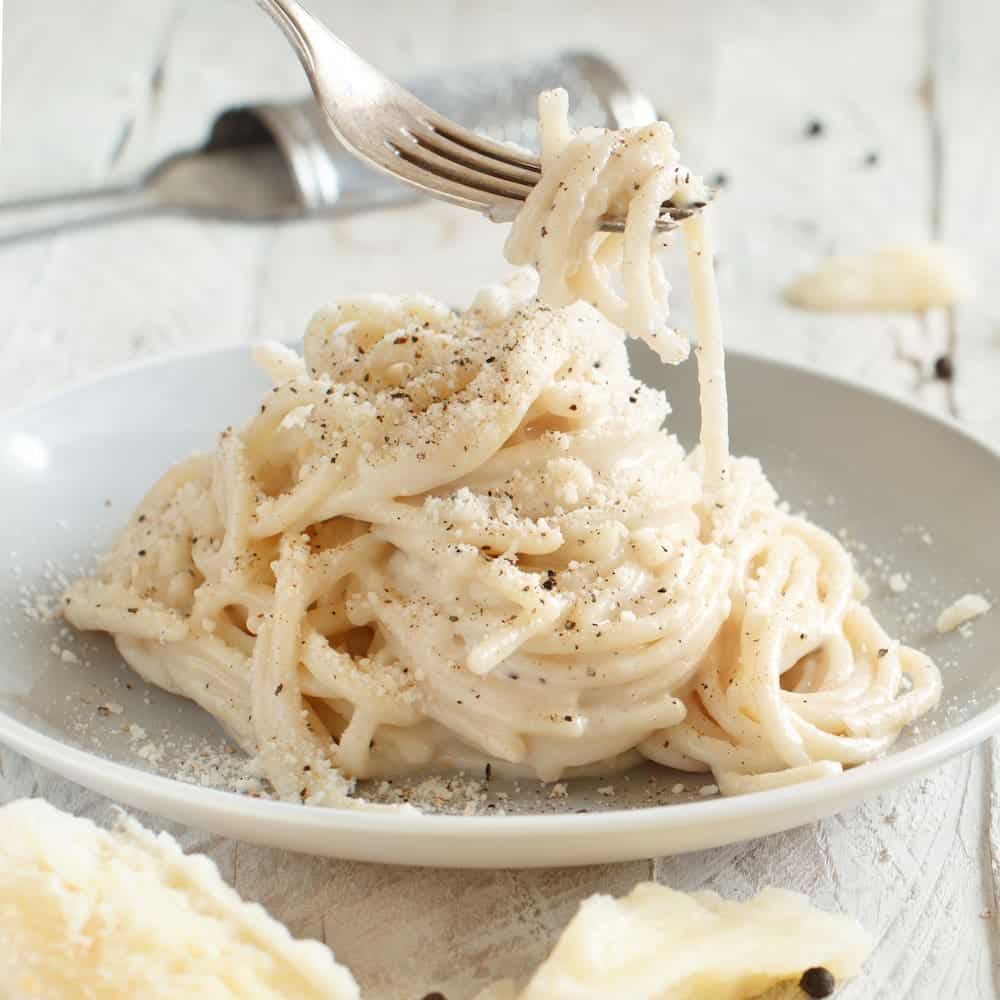
3 Features of the cacio e pepe pasta recipe
This dish is the definition of "less is more." With three basic ingredients (pasta, cheese, and pepper), cacio e pepe will blow your mind if you make it right. Here are some key points to help you avoid the next kitchen disaster:
- Pecorino Romano is the soul of the dish, but if you can't find it, try Parmesan or Grana Padano.
- Fresh, freshly ground pepper is essential. No packet pepper, okay? We want its aroma and heat to be felt in every bite.
- No cream . The creaminess comes from the starch in the pasta; don't worry, you don't need more than that. Contrary to what many might think, cacio e pepe doesn't contain cream, nor does it contain sour cream like Alfredo , nor does it contain egg, like Carbonara .
It's a simple and quick dish, but it demands attention. It can be ready in less than 20 minutes, but don't neglect it; those minutes are crucial. The secret is the al dente pasta, the melted but not sticky cheese , and the balanced peppercorn sauce. That's the key. Don't overcook it or undercook it.
How to prepare a perfect Cacio e pepe
Cacio e pepe may seem simple, but there are a few tricks you need to know to make it perfect. The key is to choose a good pasta, such as spaghetti, tonnarelli, or homemade noodles , and don't forget to reserve the cooking water, which will be your best ally in achieving that characteristic creamy texture.
While the pasta is cooking, grate the cheese and toast the pepper to release its full aroma. Then, it's all a matter of mixing quickly and adjusting the consistency with the cooking water. Add the noodles and pepper, and stir quickly to mix everything well. That's where the magic lies: not too dry, not too liquid .
5 foolproof tricks for a creamy and delicious cacio e pepe pasta
- Choose a good cheese: Pecorino Romano is king. If you can't find it, stop at a good cheese shop and buy something decent.
- Pasta al dente or nothing: If you overcook it, forget about the perfect texture.
- Freshly ground pepper: It's really on another level.
- Don't throw away the cooking water: It's what will save you if the cheese doesn't melt as it should.
- Mix vigorously: The secret is in the quick movement so that the cheese melts evenly.
The pasta dilemma: Spaghetti, tonnarelli, or whatever's in the pantry
Although purists prefer to use tonnarelli , a type of long, square pasta typical of Rome, you can use any long pasta you have at home. The important thing is that it's good quality and cooked al dente. If your pasta turns out right, the rest is a piece of cake.
What to do if the sauce turns out bad?
We know it doesn't always turn out perfectly, and if it does, here are some emergency tips. Is the sauce too runny? Give it a few minutes in the pan to thicken. Is the cheese a hard ball? Add a little more cooking water and whisk quickly.
Follow on Instagram ( here )
and on YouTube that I upload new recipes every week ( click here )
Cacio e pepe recipe
Yields: 4 portions
Preparation time: 15/20 minutes
Ingredients for the spaghetti cacio e pepe recipe
- 400 g of spaghetti or tonnarelli.
- 200 g grated cheese (Pecorino Romano, Parmesan or Grana Padano)
- 1 tablespoon freshly ground black pepper (to taste, but generous)
- Pasta cooking water (reserve 2 cups of the cooking water)
- Salt (not too much because the cheese is already salty)
How to make cacio e pepe step by step
- Bring plenty of water to a boil in a large pot. Add a pinch of salt, and once the water is boiling, add the spaghetti and cook until al dente (8-10 minutes, depending on the pasta). Before draining the pasta, reserve a couple of cups of the cooking water.
- While the pasta is cooking, place the freshly ground black pepper in a large skillet over medium heat. Toast it for a couple of minutes to release its aroma and flavor. Set aside.
- In a large bowl, place the finely grated cheese and add a little of the hot (not boiling) cooking water. Beat with a hand mixer until a smooth, lump-free cream forms. Add more water if necessary, until you achieve a smooth, creamy consistency. The key is to ensure it's neither too thick nor too runny.
- Add the cooked spaghetti to the bowl with the cacio e pepe sauce. Stir quickly to combine. If the mixture is too dry or the cheese sticks, you can add more cooking water until everything is well combined and creamy. The texture should be silky, but not runny.
- Sprinkle the toasted pepper over the pasta and mix well to combine all the flavors.
- Serve the cacio e pepe freshly made and warm. Enjoy!
